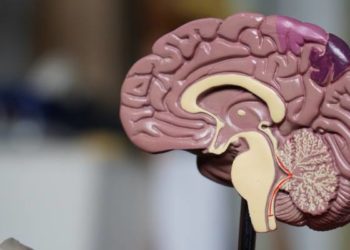Lower doses of ketamine shown to be non-inferior for acute pain control in the emergency setting
1. For the treatment of acute pain in the emergency setting, 0.15 mg/kg IV ketamine was shown to be non-inferior to a higher dose of 0.3 mg/kg.
Evidence Level Rating: 1 (Excellent)
The opiate crisis has led many providers to search for new agents for analgesia; one such agent is ketamine, an N-methyl-D-aspartate (NMDA) glutamate receptor antagonist with analgesic properties. The most commonly used dose is 0.3 mg/kg IV, and carries with it side effects like dizziness, disorientation, and a “feeling of unreality.” This double-blinded, randomized, non-inferiority trial compared administration of 0.15 mg/kg IV with 0.3 mg/kg IV for analgesia at 30 minutes as measured by the 11-point NRS pain score. A previous, similar study determined the non-inferiority margin to be the minimally clinically relevant difference (δ=1.3), with the low dose being non-inferior if the lower limit of the 95% CI for the difference in mean NRS score after 30 minutes exceeded –𝛿0 = -1.3. 98 patients were enrolled in the emergency setting, 49 in the low dose cohort (mean [SD] age = 39 years, 39% male) and 49 in the high dose cohort (mean age = 37 years, 45% male). After 30 minutes, the unadjusted mean NRS score was 5.0 and 4.7 in the low and high dose cohorts, respectively. The mean NRS score difference was -0.3 (95% CI -1.6 to 1.0); thus, the non-inferiority of the low dose was confirmed. Furthermore, the incidence of hearing changes, mood alteration, and hallucinations was significantly higher in the high dose cohort early after administration, though these differences were no longer apparent at 30 minutes. In all, this study did not detect an appreciable difference in analgesia or side effect profile between 0.15 mg/kg and 0.3 mg/kg IV ketamine for treatment of acute pain in the emergency setting. This lower dose should therefore be considered over the higher dose for analgesia in the emergency department.
Click to read the study in SAEM
Image: PD
©2020 2 Minute Medicine, Inc. All rights reserved. No works may be reproduced without expressed written consent from 2 Minute Medicine, Inc. Inquire about licensing here. No article should be construed as medical advice and is not intended as such by the authors or by 2 Minute Medicine, Inc.









